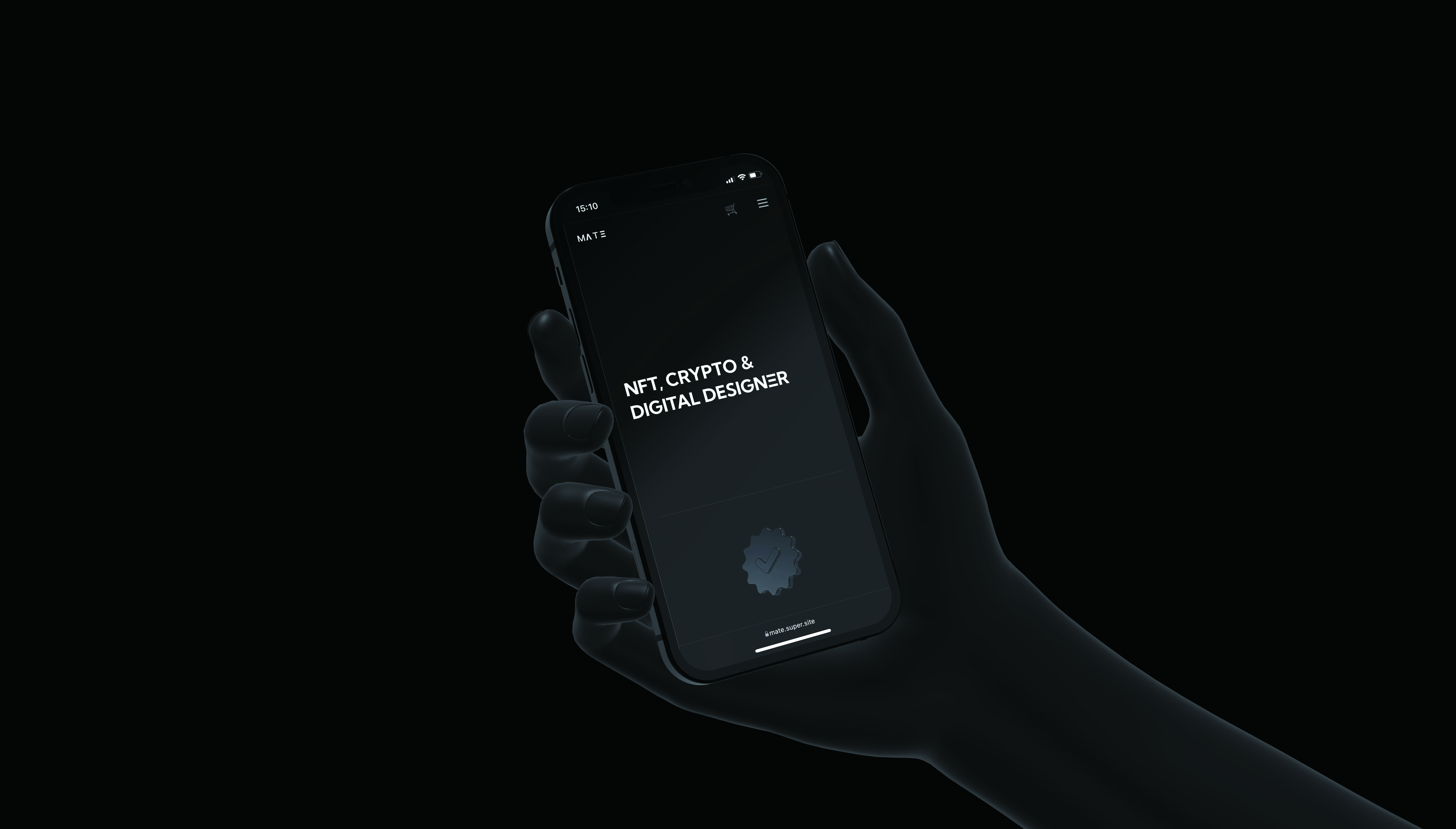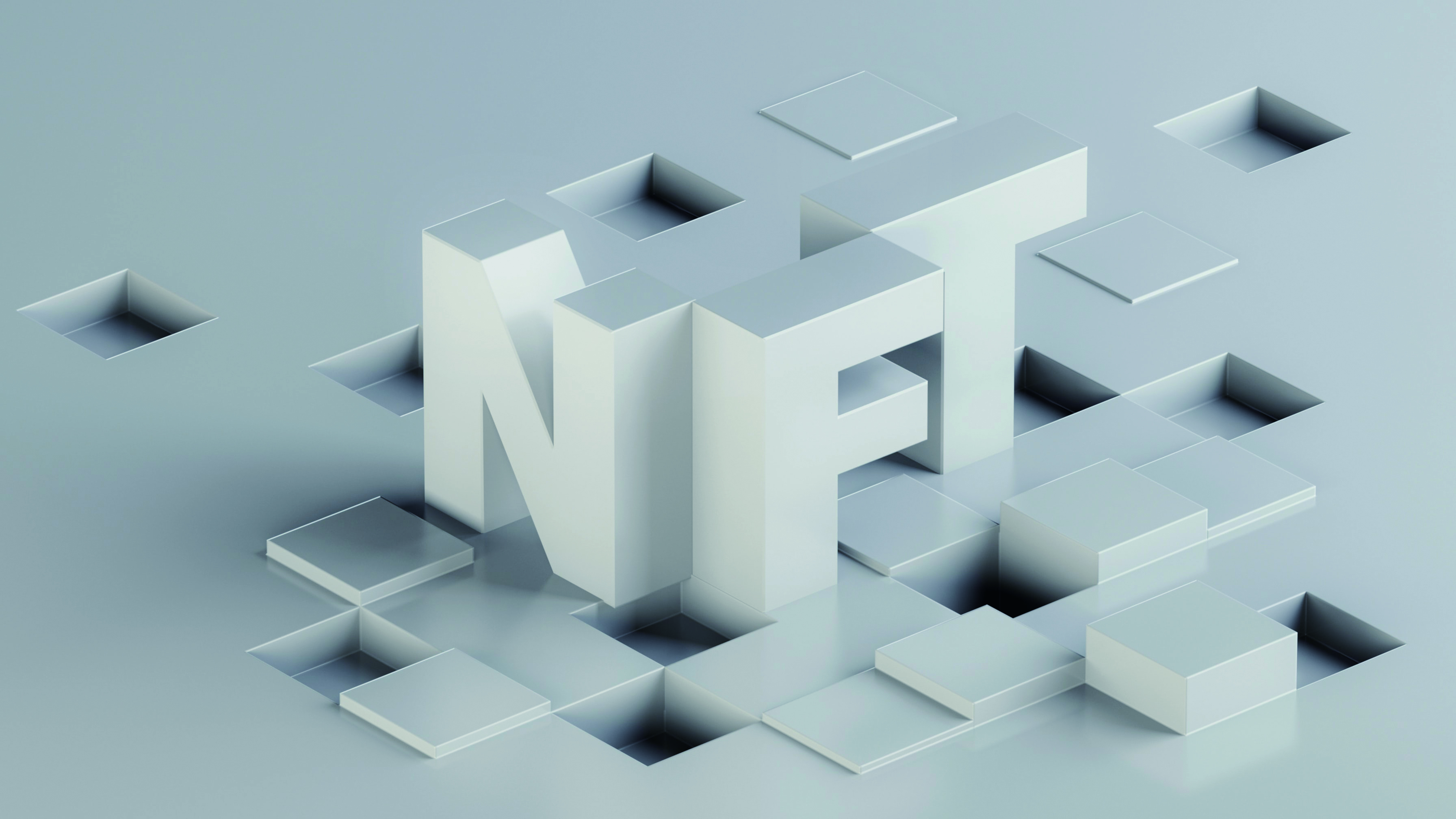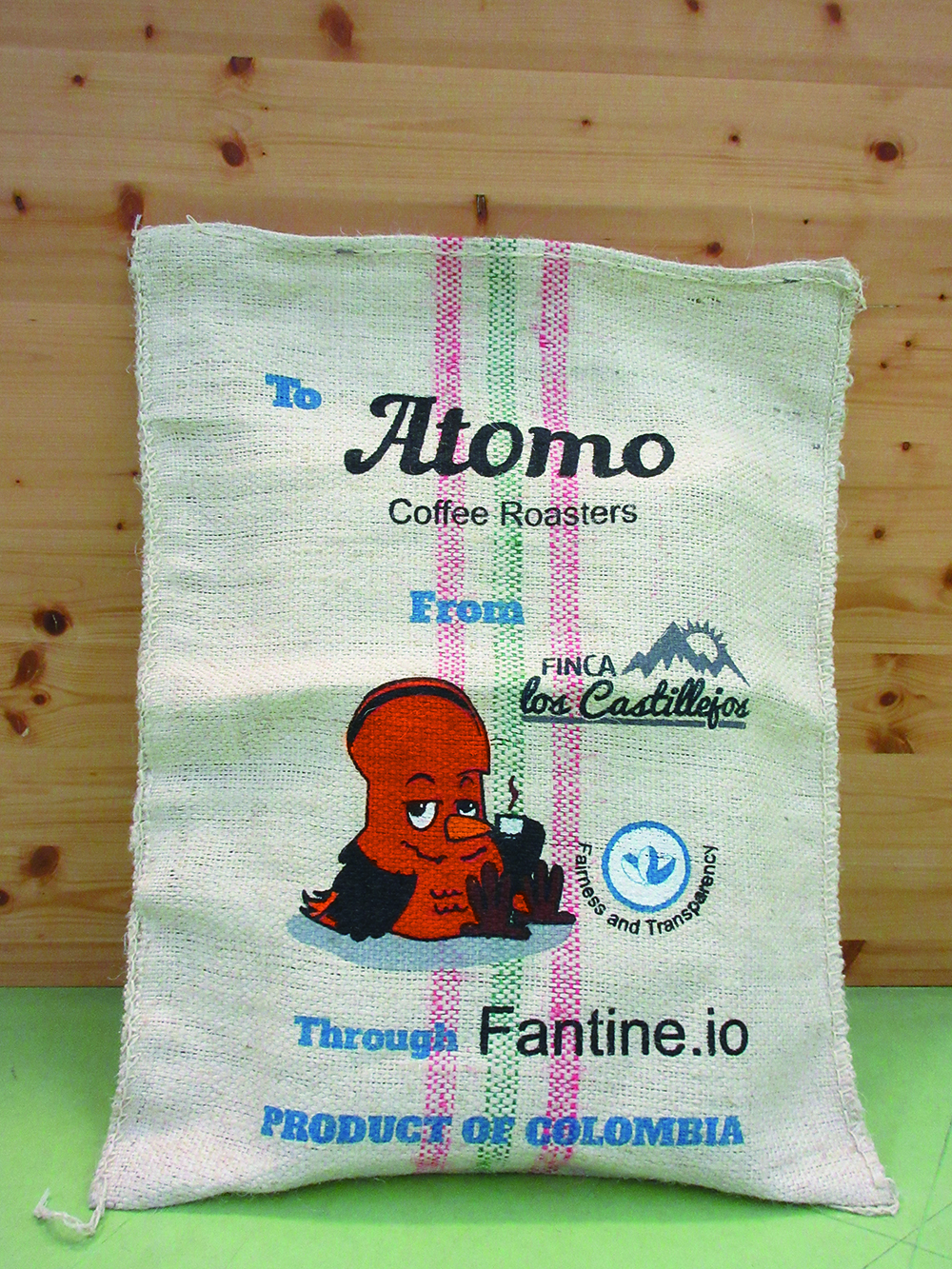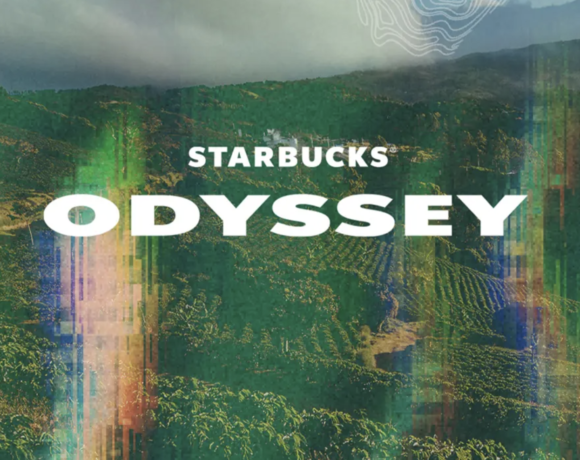
The beginning of NFTs can be traced back to 2012, but it was not until 2021 that truly marked the year of the NFT. We saw prestigious auction houses selling them, an artist known as Beeple sold one of his digital art for a whopping $69 million, and other blockchains, brands and celebrities started incorporating their own versions. It was clear that this trend was not only here to stay but also to disrupt the art world and industries beyond it. This year is not over and there are transactions of US$37 billion that have already taken place compared to a total of US$40 billion last year according to a report published by the blockchain data platform Chainalysis team earlier this May. While those numbers might not make sense to some, and making and losing millions might seem speculative to many, this year has charted a different course for these digital tokens.
To recap, NFT is a non-fungible token. The token in itself is unique and cannot be a replica of another. Tied to this token is often a quirky digital art, and with that I’d like to make an assertion that there is no correlation between the eccentricity of the art and the value it might sell for. In fact, any piece of content that even remotely talks about the financial sphere comes with a disclaimer such as “this is not financial advice” and to “do your own research”.
With that out of the way, what we are more concerned with is the utilitarian aspect of the NFT. Collectibility has its place, but that is probably for the 1% who understand the specificity behind it. While coins, paintings, and other items are popular amongst modern day collectors, NFTs are now treated as collectibles and can gain value beyond economics depending on factors such as rarity, utility and other factors.
It may even occur to you that these digital works of art can be copied or downloaded much easier than their physical counterparts, but that is not the case. Each NFT has a unique built-in identifier that can be used to trace their history and proof ownership. The transactions are recorded in a decentralized ledger making traceability a huge advantage in this space.
What if the Value Lies in the Utility of the NFT?

If NFT had a synonym, it would be Gary Vaynerchuk. I used to be an avid self-help reader, and one of the first books I picked up was Crushing It!: How Great Entrepreneurs Build Their Business and Influence-and How You Can, Too. Gary is not an amateur at spotting trends and when he started talking about NFT, I was also lured into it.
The first NFT-ticketed event was created by him called VeeCon. It’s all about the experience these NFTs can offer. I see this as another way of interacting with your favorite brands whilst creating new revenue streams and bringing awareness to special causes.
Think of i t as a concert ticket or access to a l i fe changing experience perhaps. The possibilities are many. Let ’s take a look at an idea Dane Wesolko discusses in his blog, Can a coffee shop use NFT ut i l i ty to expand into the metaverse? The coffee drinker purchases an NFT to access the metaverse which takes him to the origin in a virtual world — to experience the journey of bean to cup.
Over here, the consumer can interact with different stakeholders in the industry(e.g. the farmer). He can learn about the cof fee value chain, and be informed of different issues in the industry. Interact ions like ordering a “virtual” cup of coffee or a bag of beans to get it delivered to your doorstep are also possible. Fun fact : Did you know that you can buy virtual land on the metaverse and have i t look like a coffee farm, a cafe or roastery?
The following are some cases of the intersection between NFT and coffee:
Exclusive Coffee Membership
Let’s start with a utility that I think wi l l not only be ubiquitous but popular amongst roasteries and cafes — coffee subscription programs sold as NFTs. The Bored Breakfast Club is doing exactly this and wi l l ship two bags of coffee to each token holder with the possibility to produce ext ra bags of coffee thanks to something cal led The Community Coffee Wallet.
This wallet is funded by royalties from NFT sales on the secondary market, and a percentage of profits from coffee and merchandise sales. Once the required f und ing threshold has been accomplished , new blends are shipped to the NFT holders. What get s better is that they have collaborated with Yes Pl z Coffee to roast the blends. Other perks include access to an online community, digital content port folio, live events, and discounts on even more coffee.
NFT Viewing Gallery in a Coffee House

We saw NFTs used as a tool to aid in a subscription program above. In Dubai , however, a roastery cum cafe has opened the first interactive NFT gallery coffee house to be utilized as an advertising stream. Roasters Special ty Coffee House have col laborated with WeWay to incorporate blockchain wi thin the cafe infrastructure opening their doors to a new type of customer: NFT creators, advertisers and enthusiasts.
The Digital Third Place
Third place was first termed by Ray Oldenburg in his influential book, The Great Good Place . He describes the third place as “the heart of a communi ty’s social vi tal i ty”. It was this concept that made Starbucks into what it is today another place outside of home and work creating the second wave coffee community we know of today.
Starbucks i s branching out into the world of NFTs, and creating a digital community emanating from coffee and expanding to other experiences like art , music, books etc. using technology committed to sustainability.
NFT has gained popularity because of its potential to reward loyal customers, while offering unique experiences, building a distinctive community and a different kind of customer engagement . The idea i s the same, create a number of NFT collections , which upon ownership can grant access to unique perks and privileges.
A Culture of Coffee
In 2013, Metasebia Yoseph, Ethiopian-American author, wrote A Culture of Coffee to educate readers about the complex history behind the global coffee culture. Nearly a decade later, she is rewriting her book on the blockchain and aiming to create an entire ecosystem of experience involving her book and the coffee culture.
The plans include a crowdfunding campaign, gifting NFT tokens to early supporters which in turn will give access to a virtual viewing gallery, an interactive book, and special events all planned for the 10 year anniversary launch of her book. “Using these new tools, we can transmit the updated book, digitize my research, and archive cultural artifacts to the ‘immutable record’. The project presents an opportunity to make coffee’s origin story accessible, with traceable provenance baked in,” Metasebia said in her blog.
And this is where I ’ l l be segueing to introduce you to Fantine, and the two founders I have had the pleasure to connect with recently and explore their new NFT project.
The Future of Coffee Is Now

What happens when the future availability of coffee is threatened? It should not come as a surprise when I say that the current generation of farmers are underpaid. In addition, the cost of production has increased steeply since the pandemic. When their very livelihood is threatened, why will they then continue to be in the same line of business? The next generation are now being encouraged to pursue education and career outside of the coffee industry as they do not consider it to be a stable source of income. They see the effort and hard work being put in only to sell their crops at a loss.
To put some figures into perspective, according to an analysis done by Enveritas with the aid of Carto, it is estimated that 12.5 million smallholder coffee farmers are producing 60% of the world’s coffee. 44% of these farmers are living in poverty and 22% are in extreme poverty. What that means is 5.5 million farmers are living below the international poverty line of US$3.20 a day. A third are earning less than US$100 per year from coffee production.
The deadly combination of below average price for coffee that the farmers are being offered, and add to that the unstable climatic conditions for growing crops, farmers are forced to abandon their farms to search for alternative income. Climate change is real and a research published by Science Advances points to 60% of coffee species under threat which can reach extinction status by 2100 as reported on Earth.com.
It has also been estimated by the Inter-American Development Bank (IDB) that rising temperatures in coffee growing regions will deem 50% of the land unsuitable for growing coffee by 2050. If I have to connect the dots and come to a conclusion, exodus is inevitable.
The founders of Fantine saw this taking place with their producers and decided to address transparency and inclusivity in the coffee supply chain in 2019. Laura Amado and Federico Miatton have developed a blockchain- enabled platform to focus on empowering coffee producers to earn a fair price for their crops and become more independent from speculative commodities markets.
Laura states her vision, “In Fantine, our mission is to create a transparent and efficient coffee value chain driven by technology to generate win-win economic transactions. More than 40% of the coffee farmers are living below the poverty line and this is not sustainable. The coffee consumption is growing around the world so it makes sense to have a channel for them to sell their crops directly. My biggest goal is to reach millions of farmers around the world, in Africa and in Central America, and connect them to buyers in Europe, Middle East and Asia.”
Federico adds, “We have built the platform on blockchain to certify price transparency. Blockchain has a tremendous opportunity and we are one of the first applying this technology to coffee. Eventually all business players will realize this and soon enough standardization will kick in. There is a lot of discussion regarding blockchain as a supply chain and many industry groups are discussing standards and best practices.”
Laura continued, “One of the main factors blockchain started being incorporated in many industries is which the coffee industry is very familiar with — transparency. The coffee value chain is opaque, needless to say, you never know what is going on at origin before you get the coffee to your roastery. Coffee changes many hands before it arrives at its final destination, there can be as many as 15 steps. Our focus is to make the value chain a little bit shorter. Our digital platform will feature all the things that the producers are doing in relation to varieties, production and processing.”
Fantine is collaborating with Fundación Germinar to support the coffee school for kids and engage them at an early age in coffee related training and workshops to avert from abandoning coffee production as a source of income. Laura and Federico introduced their newly launched NFT with the sole purpose of training, educating and building awareness on the future of coffee.
Fantine wanted to bridge specialty coffee and the NFT technology: use art to create awareness for social, humanitarian or environmental issues such as the sustainability of coffee production. Laura comments on this, “We thought it was a fantastic idea to raise awareness amongst coffee enthusiasts, but also capture the attention of the tech audience. Whether you call it a hype or a bubble, the fact remains that NFTs have established themselves and are here to stay.”
Federico adds, “The NFT we used is of a bird and a common visitor in Andean coffee plantations, especially in Colombia and Peru. It is called Cock of the Rock (ElGallito de Roca) and a very peculiar bird with brilliant red-orange plumage, and a large fan-like crest. Its populations are in decline because of habitat loss and the best way to ensure their protection is sustainably produced coffee plantations or agroforestry. We are using the image of this bird on our coffee jute sacks to create awareness about them and the protection of their habitat.”
“We decided to launch a NFT because I haven’t seen many initiatives from the production side related to farmers. We are working with Fundación Germinar, an NGO that works with hundreds of farmers in Colombia in the region of Nariño. The focus is on training to improve the quality of the crops and providing finance to harvest their crops,” said Federico.

Determined to make a difference, Laura spoke about the coffee school Fantine supports. “We also decided to support a coffee school and the focus here is to motivate the children to stay in the coffee business. What we have seen is not only happening in Colombia but in many coffee producing countries — the upcoming generation is not interested in coffee anymore. They have seen their parents struggling in the coffee business and conclude that coffee is not profitable for them.”
Maslow’s hierarchy of needs should provide the explanation as to why the producers no longer want their children to go through the same. The theory states that in order to survive, basic needs must be met such as physiological, safety, food, shelter etc. Only then can an individual think about thriving and meeting their higher level needs. In order to meet their elementary criterion, migration has become common practice in search for alternative income.
Other NFT initiatives are being planned to directly benefit the supply chain at origin. Federico and Laura give us a sneak preview on what to expect, “We are working in different regions and trying to understand what is needed by our partner during specific periods of the year. For example, implementing funding for processing stations in order for them to improve the quality of the coffee, or building greenhouses and dryers in farms so they can do all the processing in-house and earn more for their coffee.”
Fantine believes in inclusivity and providing access to special varieties, and the skill required to work on these crops. Many small-scale farmers that didn’t have access to Geishas and special varieties now have the opportunity to work on them and are very disciplined in what they are doing. All of this is possible with the support of the community, roasters, and the consumers which will contribute to projects in different regions. This is a progressive approach to make quality mainstream. Laura states, “More people will have access to better coffee and the farmers will benefit from new markets.”
What they are doing with Fantine is an achievement in and of itself but I can’t help but list some of their recent accomplishments:
- Earned a place among The Meaningful Business 100 — 2019 for combining profit and purpose to achieve the UN Sustainable Development Goals.
- Runner-up in the 2020 Global Maker Challenge in the Innovation for Include Trade by The Mohammed Bin Rashid Initiative for Global Prosperity for their ability to support rural communities in accessing new supply chains and markets to create better livelihoods.
- Won the Pitch for Purpose competition organized by the Founder Institute.
- Invited to showcase as a social impact startup at the MWC Los Angeles 2019.
- Represented at WebSummit 2020.
Love ‘em or hate ‘em, the reality is that NFTs are here to stay. Naysayers will find them speculative and confusing, but they can also be quite useful if used for the right application. The story of NFT is unfolding, their usefulness is being realized, and products and services are already being offered by companies who are aiming to be pioneers in this area of expertise.
It is being incorporated in the fashion world, real estate, play-to-earn games, smart event tickets, reward programs and many more. The idea of using art to build awareness and support environmental and sustainability issues is not new, but incorporating technology that enables traceability will bring real change to issues besieging the coffee industry for years.










NO COMMENT